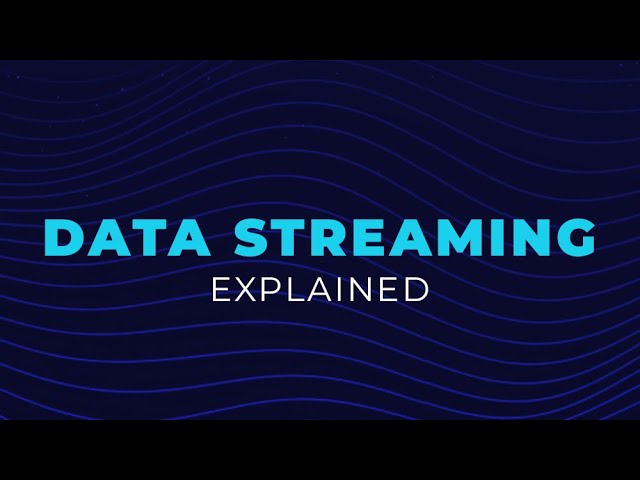What is meant by streaming data?
Streaming data is like that one friend who never stops talking—except in this case, you actually want to listen. It’s a continuous flow of information generated from sources like social media feeds, IoT devices, or even your smart fridge complaining about the expired milk. Unlike traditional data that sits politely in a database waiting for you to analyze it, streaming data is always on the move, demanding your attention in real-time. Think of it as the Usain Bolt of the data world—fast, relentless, and impossible to ignore.
To break it down further, here’s what makes streaming data so special:
- It’s live and kicking: No delays, no buffering (hopefully).
- It’s massive: Imagine trying to drink from a firehose—that’s the scale.
- It’s dynamic: The data changes faster than your mood on a Monday morning.
In short, streaming data is the heartbeat of modern tech, keeping everything from Netflix recommendations to stock market updates alive and kicking. Just don’t ask it to take a break—it’s not in its vocabulary.
What is the difference between normal data and streaming data?
Normal data is like that one friend who shows up to the party fashionably late—it’s stored, static, and waits patiently for you to analyze it whenever you’re ready. Think of it as a neatly organized bookshelf where you can pick up any book (or dataset) at your leisure. Streaming data, on the other hand, is the life of the party—it’s dynamic, continuous, and flows in real-time like a never-ending river of information. If normal data is a photo album, streaming data is a live concert where every second counts.
Here’s the breakdown:
- Normal data: Stored in databases, analyzed in batches, and perfect for historical insights.
- Streaming data: Processed on-the-fly, ideal for real-time decisions, and always on the move.
While normal data is great for looking back and understanding trends, streaming data is all about the here and now. It’s the difference between reading yesterday’s news and watching a live sports match—you can’t pause or rewind streaming data without missing the action. So, whether you’re dealing with a static spreadsheet or a live feed of tweets, knowing the difference can save you from awkwardly mixing up your data strategies.
How many gigs of data does streaming use?
Streaming is like that friend who always eats more than their share of pizza—it can devour your data plan faster than you can say “buffering.” On average, streaming in Standard Definition (SD) uses about 0.7 to 1 GB of data per hour. If you’re a fan of High Definition (HD), prepare to part with 2-3 GB per hour. And if you’re streaming in 4K Ultra HD, well, your data plan might just start crying—it can gobble up a whopping 7 GB per hour. So, if you’re binge-watching your favorite show in 4K, you might need to sell a kidney to cover your data bill.
Here’s a quick breakdown to help you plan your streaming adventures (or avoid them if you’re on a tight data budget):
- SD (Standard Definition): 0.7 – 1 GB/hour
- HD (High Definition): 2 – 3 GB/hour
- 4K Ultra HD: Up to 7 GB/hour
Remember, these numbers can vary depending on the platform and video quality settings. So, unless you’re okay with your data plan ghosting you, keep an eye on those streaming settings!
How many hours of streaming is 1GB of data?
So, you’re wondering how far 1GB of data will take you in the streaming world? Well, it’s like asking how long a chocolate bar lasts—it depends on how fast you munch! For streaming, the quality is the key. If you’re watching in standard definition (SD), you can squeeze out about 1-2 hours of video. That’s enough for a movie night if you’re okay with a slightly pixelated experience. But if you’re a fan of high definition (HD), 1GB might only get you 30 minutes of binge-watching. Ouch, right?
Here’s a quick breakdown to make it crystal clear:
- SD quality: ~1-2 hours
- HD quality: ~30 minutes
- 4K quality: ~10 minutes (yes, it’s a data guzzler!)
So, if you’re on a tight data diet, maybe skip the 4K and stick to SD. Your data plan will thank you, and you’ll still get your streaming fix—just with a side of nostalgia for the early 2000s.
